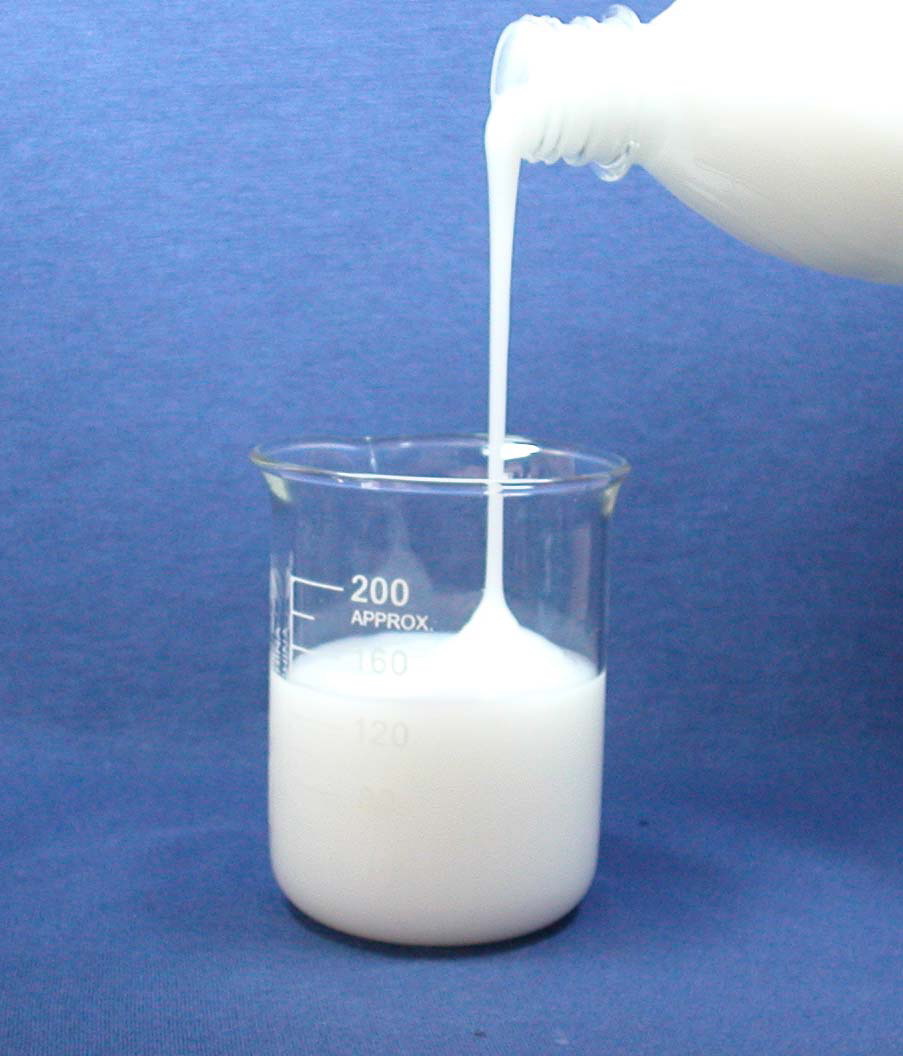Application of fumed silica in defoamer
Mar 11, 2025
Defoamers are currently a widely used additive, playing a significant role in various fields such as food, petrochemicals, papermaking, and industrial cleaning. Among them, silicone defoamers are the most extensively used and consumed defoamer products. Other types of defoamers, such as mineral oil and polyether, complement the applications of silicone-based defoamers. The main components of silicone defoamers include silicone paste, emulsifiers, and thickeners, with silicone paste being the active ingredient in silicone defoamers. Silicone paste is primarily composed of silicone oil (or mineral oil, vegetable oil, etc.) and silica. As an essential component of defoamers, silica plays a crucial role.
Taking a defoamer with dimethyl silicone oil as the silicone paste base as an example, due to the poor dispersibility and low solubility of dimethyl silicone oil in emulsion systems, it is necessary to use silica (white carbon black) or various emulsifiers to improve its dispersion. The silanol groups in white carbon black can form hydrogen bonds with water, increasing the viscosity of the system, achieving a thickening effect, and promoting the dispersion and stability of the defoamer. Due to the small particle size, large specific surface area, and high surface energy of white carbon black, it can generate a significant force to adsorb bubbles. Together with silicone oil, it forms a force that attacks bubbles, creating weak points. Under the low surface tension of silicone oil, the bubbles rupture, leading to defoaming. This is the general principle of how defoamers work. In summary, white carbon black primarily serves to thicken, disperse, and adsorb bubbles in defoamers. Hydrophilic white carbon black has poor compatibility with silicone oil, whereas hydrophobic white carbon black, after surface modification, can be well wetted and dispersed in silicone oil systems due to its hydrophobicity.
The preparation method of defoamers mainly involves two steps. The first step is the preparation of silicone paste, which involves the dispersion and reaction of white carbon black in silicone oil. The second step involves adding emulsifiers, thickeners, and other additives to emulsify and disperse the silicone paste into an emulsion, which can then be diluted as needed to prepare defoamers of different concentrations. White carbon black can be divided into two types based on production processes: precipitated white carbon black and fumed white carbon black. The advantage of precipitated white carbon black lies in its low cost, but due to its larger particle size, it is prone to sedimentation, which can lead to clogging of filters in many defoamer applications. In contrast, fumed white carbon black has smaller particle size, better suspension properties, good compatibility with emulsifiers, requires less additive amount, and has excellent thickening and anti-sedimentation properties. Additionally, fumed white carbon black that has undergone hydrophobic modification inherently possesses certain defoaming properties, making it an ideal solution to the problems faced by precipitated white carbon black in defoamer applications. As the price of fumed white carbon black decreases, its cost-effectiveness in defoamers will become even more prominent, making it an excellent choice for defoamers.
In this context, GESEESIL 200, a hydrophilic silica product from Gesee New Materials, stands out as a high-quality option for defoamer formulations. For more information, visit www.geseesiltech.com
Read More
